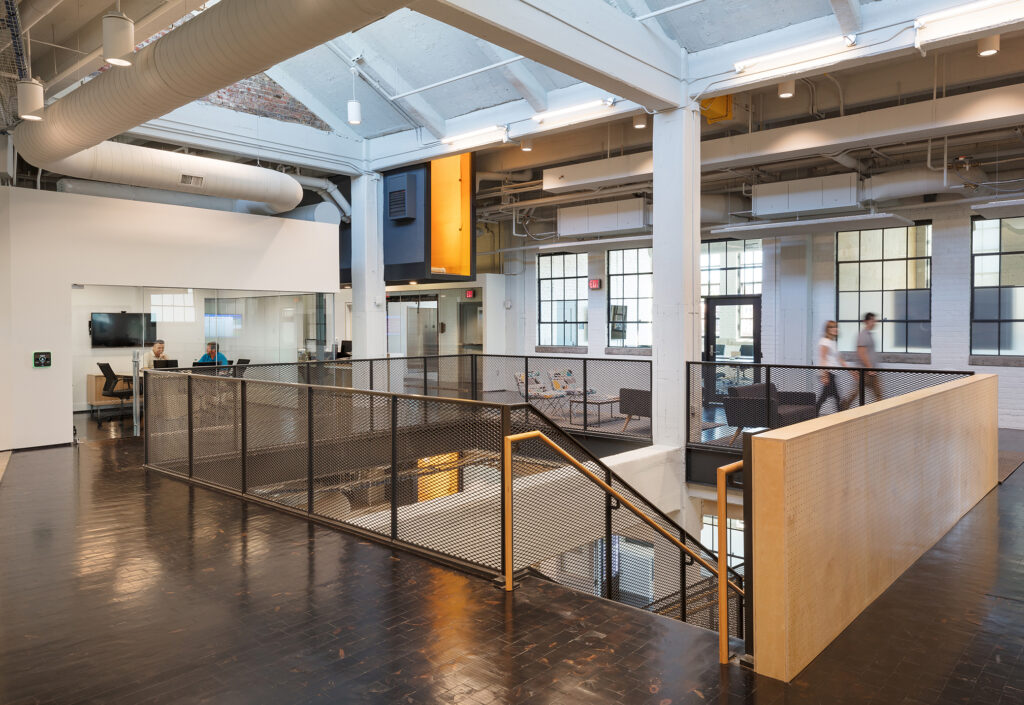



Over the past 50 years, we have built a leading preservation and adaptive reuse practice on projects across the country. Our work ranges from small-scale cultural treasures like the Willa Cather Museum to large-scale ongoing projects such as the recent Gateway Arch Conservation and the Nebraska State Capitol, continuously serviced since 1980. We are deeply involved (and deeply passionate) about preservation and building technology, and the application of best preservation practices including the Secretary of Interior’s Standards, while achieving sustainable high quality projects.
BVH staff are known for their skilled technical preservation competence and many years of hands-on experience with historic buildings and sites throughout our region. We have completed more than 2000 historic preservation commissions, including more than 500 on the National Register for Historic Places, including hundreds of National Historic Landmarks. In the past five years, BVH has also been directly involved in the preservation and rehabilitation of four of the “Eleven Most Endangered” buildings identified by the National Trust for Historic Preservation. We have also successfully completed more than 220 projects for the National Park Service since 1999.




Our team’s experience in providing realistic solutions to unique building problems enables our project teams to achieve the complementary goals of preserving our cultural heritage and preserving our natural resources. Historic preservation is, by its nature, “green” and very much part of a sustainable design strategy. In designing repair or preservation of a historic building, we seek to provide the means to repair, reinforce, maintain, repair, and extend the useful life of the building, using methods that are technically sound, aesthetically appropriate, durable, and reasonable in cost. Repairs that are durable tend to be environmentally friendly by minimizing the energy and materials required for subsequent maintenance or replacement.
By extending the life of an existing building, preservation sustains the usefulness of building materials manufactured and constructed in the past, reducing the need to manufacture new materials and construct new buildings, thereby conserving natural resources and energy.
BVH has an extensive successful track record and experience managing and directing historic preservation projects for hundreds of clients including state, local and federal governmental and nonprofit agencies. Our clients have included the National Park Service, the Smithsonian Institution, US Army Corps of Engineers, Department of Army, and many state and local governments, universities, religious and educational institutions, and thousands of private clients. Recent experience includes the design of many visitor centers, museums, interpretive centers, recreational facilities, public assembly places, and maintenance and housing facilities.

We approach preservation and adaptive reuse projects as we would any other: as a solution to future problems. By studying thoroughly the history of each building, its site, and users, and forecasting how a structure will be used by future generations, we’re able to better understand a building’s potential, and therefore design ingenious solutions which not only address the problems at hand but set a precedent for the future.
Each building is unique in its response to time, weather, and human use. Our goal is not to apply a one-size-fits-all approach to preservation, but instead study each building to discover how best to treat it. We use state-of-the-art tools and technology to help guide us, but we always seek out the most appropriate way to preserve, adapt, re-use, or reinvent an existing structure.
Architectural design is a process of continually responding to what is already there. The right solution, therefore, must take into account numerous factors—environmental change, human impact, material sensitivity, and even the original designer’s intent. Our aim is to solve each problem in a way that not only utilizes and draws from the inspiration of the past, but provides a beautiful, sustainable solution from which others will draw future inspiration.

Stuhr Museum of the Prairie Pioneer
Cultural, Civic & Arts
National Park Service Beauvais-Amoureux Historic Structure Report
Historic Preservation
Rail & Commerce Building
Commercial & Workplace
Nebraska State College System J.M. Pile Hall
Higher Education